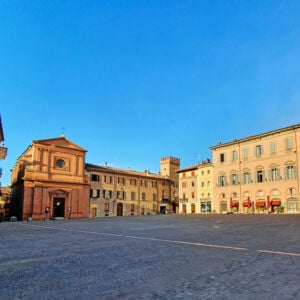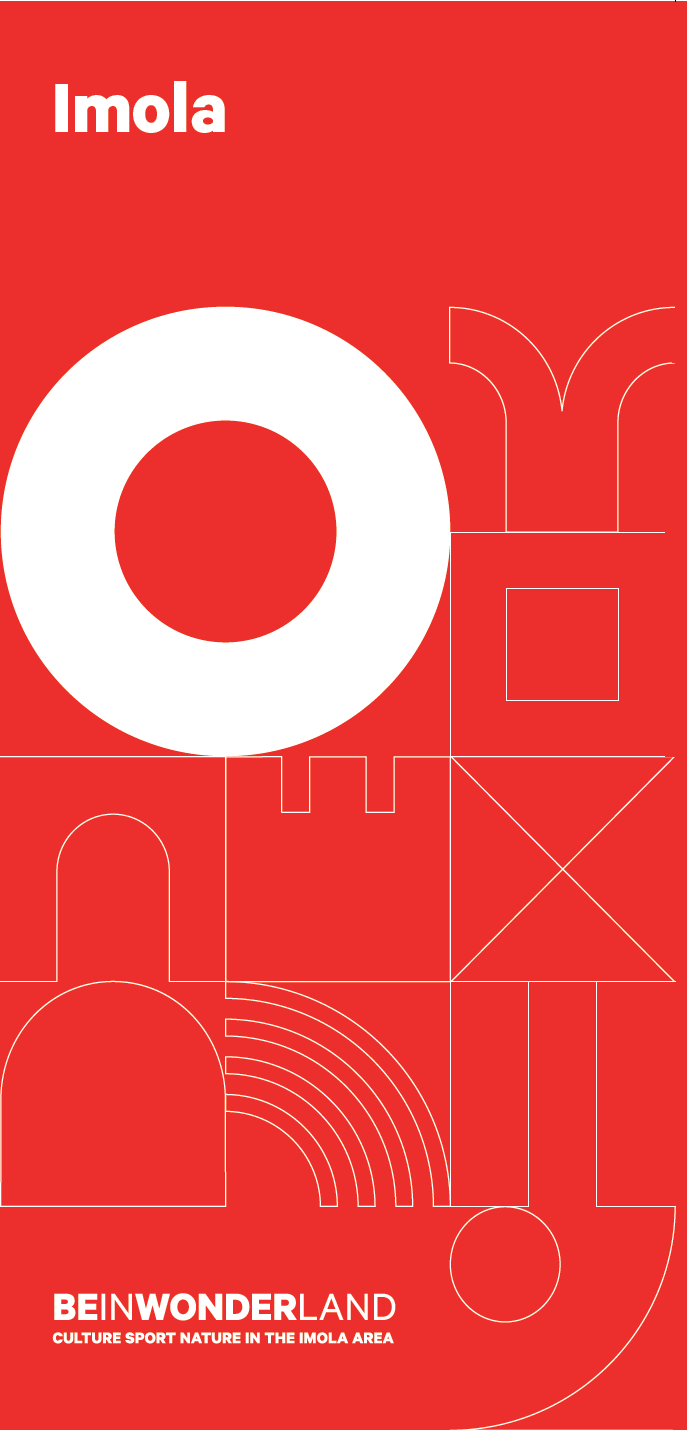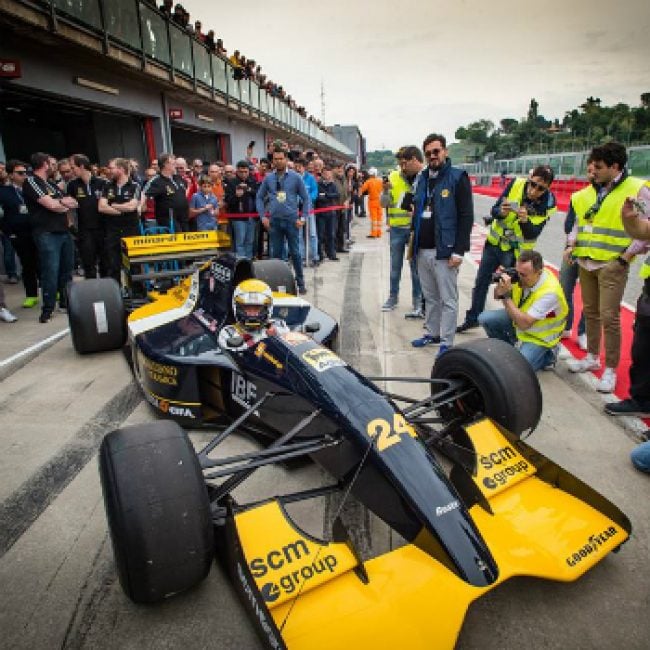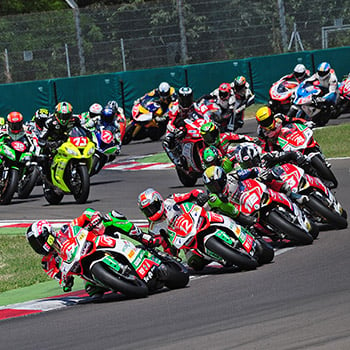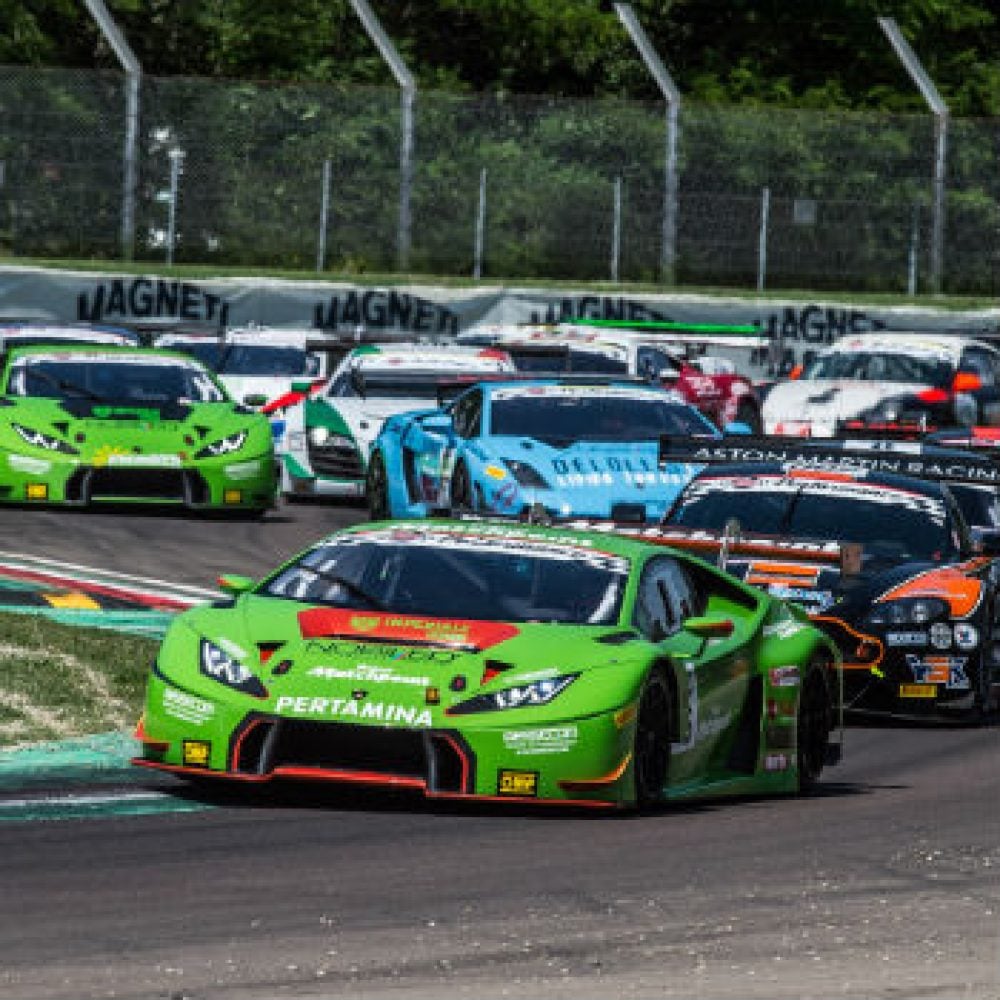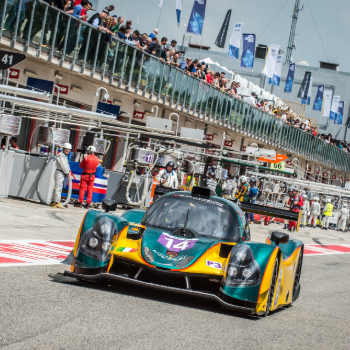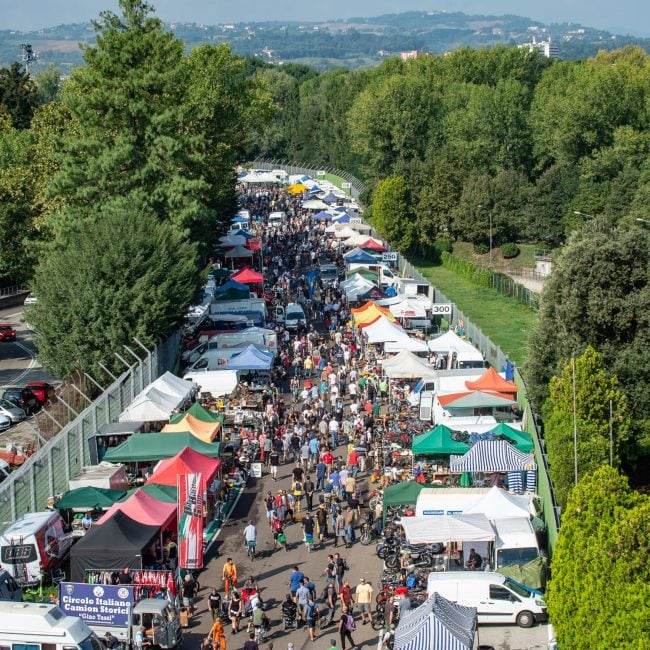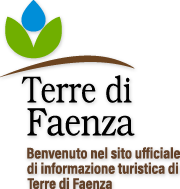Imola
Situated on the banks of the River Santerno, where the Tosco-Romagnolo Apennines meet the Padana Plain, Imola is located in a wonderful position, 30 km from Bologna and only 60 km from the sunny beaches of the Riviera Romagnola.
Why visit it
Known all around the world for its racetrack, Imola is the ideal place where you can spend a couple of days enjoying culture, sports and delightful food and wine tours.
The elegant mansions and the Rocca Sforzesca are only a few attractions of the historical centre, which can be visited completely on foot. Moreover, the evocative background of the Apennines and the high-level sports facilities make Imola the right place for nature and sports lovers.
When to go and what to see
Imola is a good place to visit all year long, thanks to its mild climate and to its great geographical position.
The Rocca Sforzesca (Imola’s fortress), which dates back to the 13th century, is the most imposing building of the urban landscape. The complex, open to the public, hosts a rare collection of ancient weapons and a prestigious exhibition of ceramics from Middle Ages and Reinassance periods. Thanks to a visitors path guided by augmented reality, Leonardo Da Vinci will lead visitors to the discovery of Sforza Fortress. From the top of the building you can take in a 360° view of Imola’s territory, from the plain to the Apennines.
Among the many noble palaces of the historical centre, Palazzo Tozzoni is worth a visit: it stands out with its splendid furnishings from VIII and IX century and its perfect state of conservation. The inside of Palazzo Tozzoni tell the story and life of the aristocratic family who lived here for over five centuries. Particularly interesting are Barocchetto and Impero apartments and the cellars of the mansion, hosting a rich collection of historical objects and tools of the local rural culture.
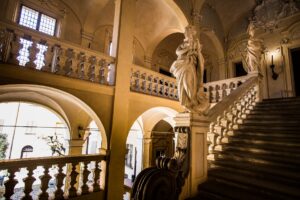
Plunged deep in the greenery of its gardens, San Domenico Museum, located in the cloister of the ancient convent of the Saints Nicolò and Domenico (next to the church of the same name), houses the City Art Collection. This section hosts around six hundred paintings, ceramics and sculptures, telling the story of figurative arts in Imola since III century to nowadays. Among the artists represented are Innocenzo da Imola, Lavinia Fontana, Bartolomeo Cesi, Renato Guttuso, Filippo De Pisis, Domenico Cantatore, Germano Sartelli. San Domenico Museum also hosts “Giuseppe Scarabelli” Natural and Archaeological section, bearing the name of the scientist who founded the exposition area in 1857. His 25000 findings, divided into geology, archaeology and natural sciences, offer a fascinating journey in Imola natural landscape and in history of the first men who inhabitated these lands.
On the foothills of the Apennines lays the racetrack which has made Imola a well-known town all around the world. Enzo and Dino Ferrari Racetrack, built in the 50s, still welcomes sporting events of international importance and it is an obligatory stop for those who want to completely understand the character of the town.
Do not miss
The Hospital Pharmacy, inaugurated in 1794 and largely intact with regards to furnishings and decorations, is a fascinating example of a 18th century pharmacy, enriched by the decorated vaulted ceiling and by 457 antique majolica vases displayed in carved wooden cabinets.

Libreria Francescana, located in San Francesco former conventry dating back to late XIV century, makes up the most ancient core of todays library. It hosts and preserves over 10.000 volumes, from XV to XIX century. Aula Magna is finely frescoed with a trompe l’oeil decoration of a balcony, where skylights open in the ceiling.
On the table
The Arzdora – housewife ‘par excellence’ – armed with a rolling-pin makes the dough ready for garganelli (macaroni) and tortelli di ricotta (pasta with a ricotta cheese filling), strictly handmade.
Second courses are meat-based: castrato (grilled mutton) and fiorentina (grilled T-bone steak). Plus the local piadina romagnola (unleavened bread) served with soft cheeses or salami.
As for wine, a wide selection includes: Sangiovese DOC (red) and Albana DOCG (white). Imola is part of the “Strada dei Vini e Sapori Colli d’Imola”.
Keep fit
Ideal destinations for open air sports and activities are Tozzoni Park, Bosco della Frattona Natural Reserve and the green area of Acque Minerali Park, inside Enzo and Dino Ferrari International Racetrack. City parks are appreciated by runners and bikers.
Imola offers to bicycle lover one of the most developed ciclying paths of Emilia Romagna, covering over 100km, making the two wheels the perfect means of transport to get to know Imola.
Road bike enthusiasts will find kilometers of asphalt, which have been scenery to world cycling, from 1968 world title of Adorni to the most recent edition of UCI 2020 UCI Road World Championships.
Cyclotourism lovers can explore Santerno, Sillaro and Sellustra Valleys, offering lovely green landscapes.
The territory of Imola is crossed by Santerno Valley Cycling Path: a scenic bike ride for any kind of cycling tourist who wishes to be surrounded by nature. Santerno Valley Cycling Path is a mixed trail of gravel and paved roads, connecting the plain of Imola area to the Appennines, from Mordano to Castel del Rio.
Main events
Historical centre of Imola hosts in the month of June Imola in Musica Festival, presenting cultural events and musical performances.
Between October and November, Bacchanal instead offers exhibitions, theatre shows, conferences, markets and food and wine tasting events throughout the city.
International events such as the WEC World Endurance Championship and the European Le Mans Series take place at the Autodromo Internazionale Enzo e Dino Ferrari. September sees the Imola Mostra Scambio, organised by CRAME, one of Europe’s largest car, motorbike and bicycle exchange exhibitions.
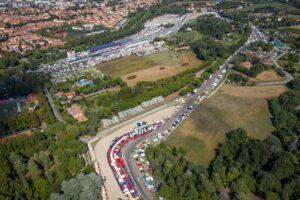
Nearby
15 km from Imola, next to the village of Borgo Tossignano, there is the Regional Park of ‘Vena del Gesso’ Romagnola (Chalk Vein). The Vena del Gesso seems like a great natural wall and it is full of in caves, tunnels and nice paths. The chalk vein is about 15 km long and it goes through a great part of the Santerno Valley offering visitors magnificent landscapes.
In the village of Borgo Tossignano you can also visit the Center “La Casa del Fiume” (House of the river). Here you can also follow learning laboratories about nature and the environment.
Ti potrebbe interessare anche...
Posizione




